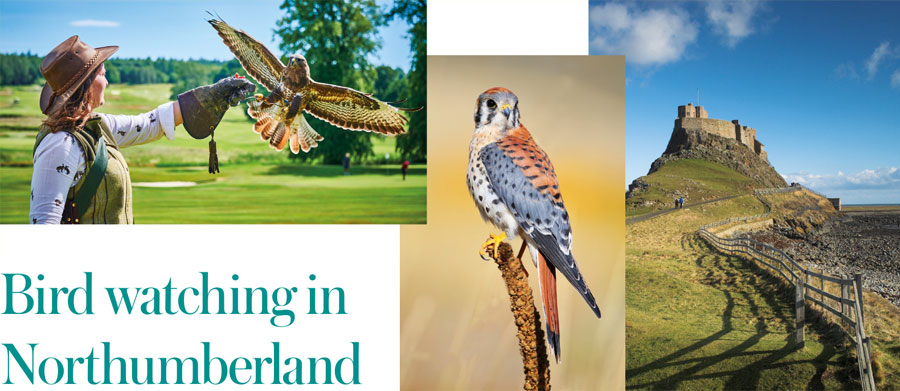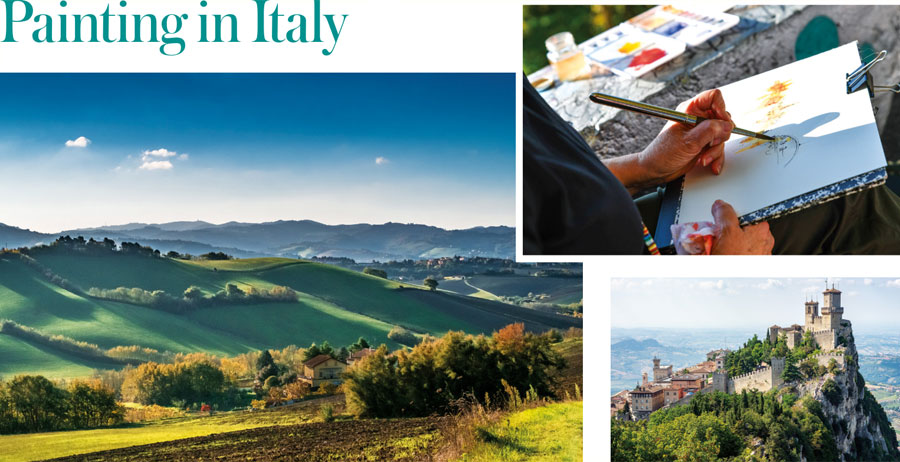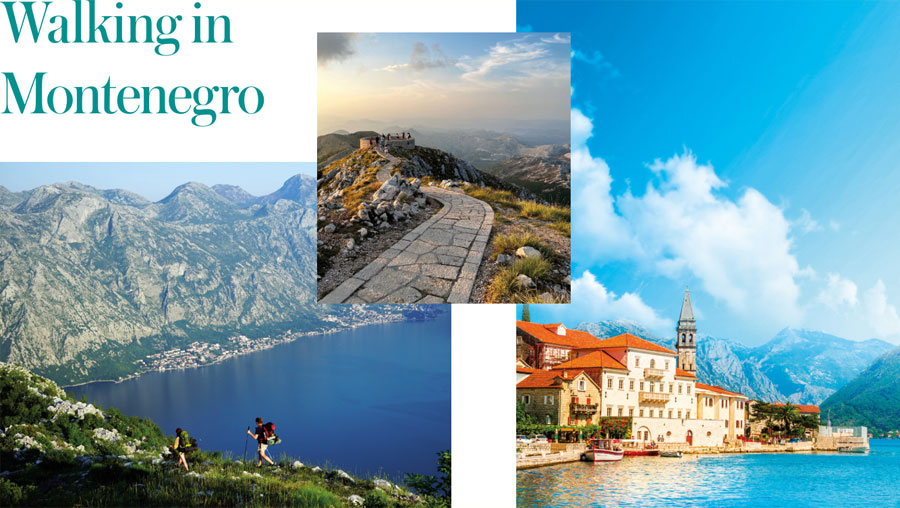
I am in the lush grounds of Matfen Hall, just north-west of Newcastle upon Tyne, a gloriously refurbished grade II-listed building that recently featured in the Sunday Times' list of the best country house hotels in the country.
I've had my spa treatments and my partner has enjoyed a couple of rounds on the award-winning 27-hole golf course. We have dined like a king and queen at the hotel restaurants and stretched our legs in the expansive 300 acres of forest that surround this highly atmospheric property.
The house was built in 1832 for the baronet Sir Edward Blackett. In 1999 it was converted into a hotel, and the Blackett family sold it to the Walwick Estate Group in 2020. Since then it has been undergoing an extensive programme of refurbishments that will cost £40 million when completed.
For today's activity - though it's not us who will be doing the work - I've donned a gauntlet and readied myself to ‘fly' some extraordinary birds of prey. I'm under the expert guidance of Mark and Mandy French of Falconry Days, who have 85 birds back at their base near Hexham and travel the country showcasing their skills.
Above us there is movement in the skies as gulls and crows circle in concerned flocks, loudly announcing the threat that sits below.
First up in the air is an African spotted eagle owl called Louis (named after Prince Louis of Wales), who swoops and soars before returning to the glove and the reward of a day-old cockerel chick. There are gasps from the four of us taking part as the bird alights on the handler's wrist and gulps its meal greedily.
We can't touch the birds - the natural oils on human skin would damage their delicate feathers - but it is amazing to be so close to these winged killing machines.
Historically, they were used by the landed gentry to hunt rabbits and other prey for the dinner table. Training them usually takes several weeks or months, and is different for each bird, says Mark, who started falconry as a hobby before setting up his business 22 years ago.
‘The most common reaction we have from people flying the birds is awe,' he adds. ‘Humans are particularly drawn to owls, though the belief that they're wise is a myth - they are not very bright at all.'
Over the next hour we fly Buzby, a European buzzard, and Twiglet, a kestrel who for some reason detests Mark - he has to hide in his van while she flies. Her sibling, who he also trained, has no such conflict with him. The two birds circle the skies and return for their food.
The last demonstration is the most impressive. Sydney, a saker falcon (something of a tautology, as saker is a translation of saqr, the Arabic for falcon), chases a lure on the end of a rope, used by Mark to replicate the flight of another bird who is trying to escape. The speed and flexibility of the falcon is incredible.
The birds don't fly in all seasons or all weathers, but they all feed on the same thing - small animals and birds, complete with bones, feathers and fur.
For centuries falconry was known as the sport of kings, and great care was taken of the birds. ‘You have to have them at the perfect weight before they will fly,' says Mark. ‘They will be fed as their reward, but if they are too hungry they won't fly at all.'
Though many birds of prey hail from the Middle East, the UK now leads the world in breeding and training them.
The attractions of Matfen Hall are numerous and luxurious. We will not easily forget the pleasure of being picked up by a chauffeur from the train station (included in some of the suite packages), the divine decadence of fine dinners, wines and afternoon tea. We also made an enjoyable day trip to Lindisfarne, about an hour's drive away up the coast. But it was the magnificent birds that really captured our hearts.
◆ matfenhall.com

You'll be under the expert supervision of host and tutor Pheona, who has been working as an artist in all mediums for over 30 years (though her first love is sculpture). She is Scottish, and studied at Glasgow School of Art. As a student she taught part-time to finance her studies, and has since been a professional artist specialising in portraiture and figurative painting. You'll have the opportunity to sketch and paint at your own pace under her expert guidance, while mastering any new techniques you are keen to learn.
Now Pheona has combined hosting with art, basing her retreat in a secluded paradise well off the tourist trail but not far from Bologna, a one-hour-and-20- minute drive away. Free transfers are provided, but make sure you choose a flight that coincides with them.
Aside from offering personal lessons and group tutorials, Pheona also cooks delicious meals of regional favourites, using the best local ingredients from one of the country's leading gastronomic destinations.
Dinners are served outside in the wonderful gardens, while the accommodation is within the main house, which is divided into self-catering apartments. Each one has a well-stocked kitchen, so you can eat breakfast whenever you like on your own private balcony. A big plus for solo travellers is that there is no single supplement charge.
The holiday is provided by Not in the Guidebooks, a company that promotes authentic local experiences off the beaten tourist tracks. It partners with local operators to ensure they have a share in the success of the business, which in turn helps to support their communities.
Its experiences are modular, so in many locations you can tailor your own itinerary to include as much or as little activity as you want.
◆ notintheguidebooks.com

Using the hotel as a base, you can choose from many walking routes, depending on how far and how high up you want to go and your fitness level.
You could start at the nearby historic town of Kotor. Its old city walls encircle the town and rise up steep cliffs behind to St John's Fortress, where you can take in spectacular views of the Boka. In 1979, Kotor and the surrounding region was the first place in Montenegro to be designated a Unesco World Heritage Site.
Nearby is another fortress, St Andrew's, which lies above Perast, a small village that has 16 palazzos and 19 churches but was built without the protection of stone walls.
Then there's the Vrmac trail. Situated 485m above sea level and built-in 1894, the fortress of Vrmac also has breathtaking views across the bay. You can pick it up in Kotor Old Town and explore the path as it winds through beautiful pine forests with views of Tivat on one side and Kotor on the other.
If the walks start to prove a tad tiring, you could try the new Kotor-Lovcen cable car, which opened only last year and offers stunning views. Starting from Dub, which lies in the municipality of Kotor, it ascends 1,348m in 11 minutes up the side of Mount Lovcen, which gives its name to the surrounding national park.
The beauty of a base like the Regent Porto Montenegro is that after a day or a few hours spent walking you can relax in the spa and enjoy dinner at one of its four restaurants, before a peaceful night's sleep in the luxurious rooms and suites. It's the perfect combination for a holiday.
◆ ihg.com
This article first appeared in the May 2024 issue of The Lady magazine.
Pictures: Adobe Stock.
Find travel inspiration in every issue of The Lady, in shops on the first Friday of every month!







